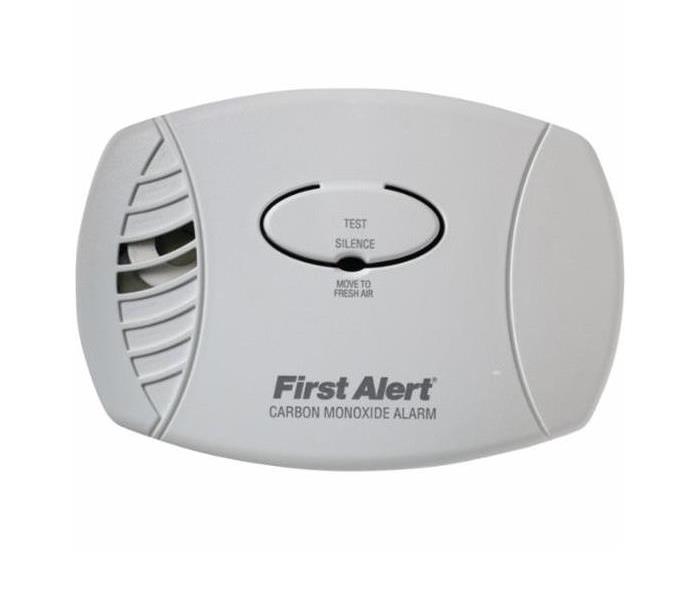Carbon Monoxide risk
2/19/2018 (Permalink)
When a winter storm hits, temperatures plummet. We feel the cold, even indoors as houses can be drafty, or a loss of power causes a loss of heat. As many turn on portable heaters, the risk of fire is probably their primary safety concern. Most people do not even consider the risk of Carbon Monoxide Poisoning! But many common practices that come with a winter storm do come with an increased risk of accidental CO poisoning. To reduce your risk, and help keep your family safer during a winter storm, please be aware of the following :
- Proper use and ventilation of portable generators. Generators can be a life saver during a loss of power in a Winter Storm. But they also create CO, so only use a generator per manufacturer’s instructions, and only in areas with proper ventilation. Never place one in an enclosed space, such as a basement, attic or attached garage. And make sure it is placed at least 15 feet away from a window or door into the home!
- Make sure chimneys are clean. Woodstoves, or wood burning fireplaces are a great source of heat in a cold snap. However, if the chimney is clogged, that CO filled smoke will feed back into the home, putting everyone at risk.
- Do not idle your car, or any vehicle, in a garage. Even with a garage door open, the colder air condenses the CO in the exhaust from the vehicle.
- Don’t use your oven or stove to heat your home.
- ANYTHING that burns fuel can create CO. Gas-Powered Generators, Furnaces, Wood stoves, Kerosene heaters, Gas-powered tools, Gas-Powered home appliances, Gas and Charcoal Grills, and, of course, vehicles. Only use these items in well ventilated areas.
- Check exterior vents for ice or snow covering. During a storm, your furnace and appliance’s exhaust vents can become covered in ice or snow. This can cause that exhaust to vent into the home, putting you and your family at great risk.
- Install Carbon Monoxide detectors. Have at least one on every floor of your home. Change out the batteries when you change clocks for Daylight Savings.
While we cannot ever be 100% prepared for a storm, making sure your home’s heating systems are in good shape BEFORE winter storms strike is your best defense. If you need the name of a good Chimney Sweep, or Heating & Cooling Company, call us at SERVPRO for a recommendation. We have worked with many wonderful Service Men and Women in our community and are happy to help you find someone to assist you.






 24/7 Emergency Service
24/7 Emergency Service
